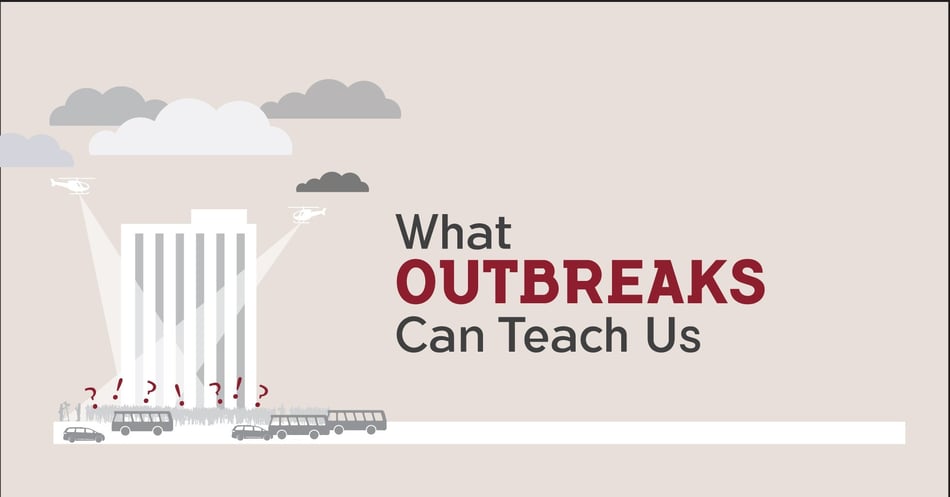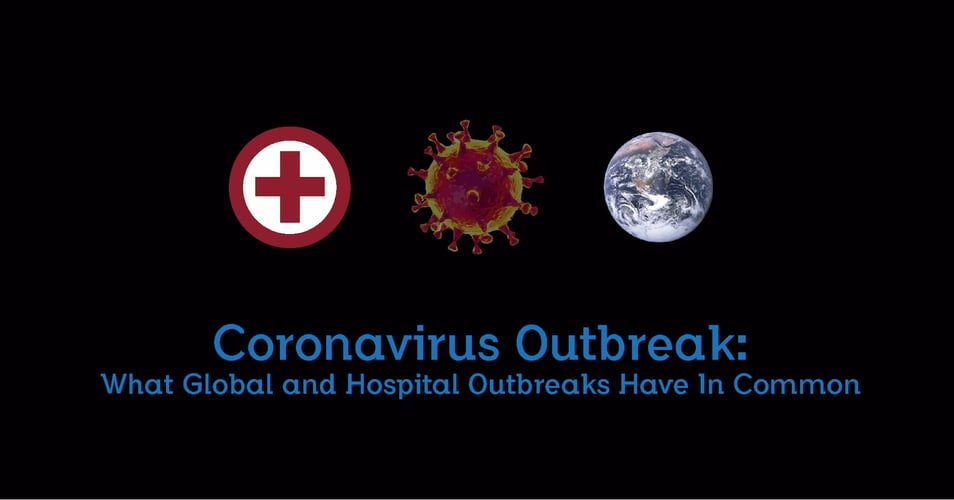What Outbreaks Can Teach Us

Anyone who reads about the recent fatal healthcare-associated infections in New Jersey shares in the nation's sorrow at the loss of children to a potentially preventable condition. No group, however, can truly understand the emerging details about these cases better than the national community of infection preventionists. These healthcare workers know what a complex and demanding job it is to keep patients safe from HAIs. But as more details emerge from both outbreaks, they serve to remind the nation that infection prevention is an essential component of any healthcare facility, requiring dedicated funding for staff and supplies.
The Challenge of Funding
Some hospitals face greater financial pressures than others - and not all those differences can be completely controlled by leadership and fiscal responsibility. The hospital facing this recent outbreak, for example, serves a population of uninsured, underinsured, and low-income residents. It is also one of only three Trauma I facilities in the state, meaning that all the worst emergency cases are sent to them. Finally, this facility is the only public hospital in the state, and therefore cannot turn away a single patient, resulting in a high percentage of unreimbursible medical care. (For more on different hospital types in the US, read our blog post here.)
These financial strains have put the facility in a challenging financial situation, one that worsened enough to get the attention of the state’s governor, who required a consultant be hired to assist in financial stability and quality of care just a few months ago. At the same time, a brief look at the hospital funding shows steady, significant decreases in allocated state funds since 2014. Any outbreak investigation includes identifying all the elements that led to the patient harm and that could include financial circumstances that could have led to patients acquiring HAIs.
How Hand Washing Costs Money
Many lay people hearing about this and other outbreaks ask themselves "Can't they just wash their hands? What's so complicated about that?" And on a certain level, they are correct - it is every healthcare worker's primary responsibility to not put their patients at risk. But a quick look at ourselves is enough to remember that people are not that great about following through on things like washing one's hands. Study after study confirms this - both inside and outside the hospital. It can be particularly difficult in a neonatal intensive care unit (NICU), where healthcare workers are often moving quickly from patient to patient within the same room, adjusting knobs, tubes and other equipment rapidly and without interruption.
Studies also confirm that increasing hand hygiene compliance requires a significant investment. How does it cost money to "just wash your hands"? It turns out, it's not as simple as just remembering.
First, to have strong hand-hygiene compliance, there has to be a sustained process of training, assessment, and feedback. This process needs to be continuously evaluated for efficacy while integrating all new hires on an ongoing basis. To develop and implement this type of program requires a dedicated staff, time set aside for training, and technology to track and provide feedback on compliance. Staff, training, and technology all cost money. And time is a resource that requires a large enough staff so that training sessions do not interfere with daily hospital responsibilities.
Second, a hand-hygiene program requires supplies. This may seem simple, but research shows that for efficacy, supplies must be plentiful, located throughout the facility, and easy to use. Adding automatic hand sanitizer dispensers throughout a facility is a costly intervention up front as well as an ongoing cost, as are the endless supplies of personal protective gear (gloves, gowns, etc.) required for everyday use. Any hospital will have these supplies available, but concerns about burning through supplies too quickly may make staff overly conservative about using them.
It's scary and disheartening to hear about a hospital with lapses in protocols meant to protect patients. However, we can't afford to dismiss these and similar cases as simply lapses in human judgement, poor leadership, or uncaring workers. We need to look closer at the "perfect storm" of challenges that can make even the most professional medical team come face-to-face with a preventable outbreak. Research shows us patterns we can use to anticipate and prevent outbreaks, and helps us choose interventions that are cost-effective as well as functional. This includes proven training programs, affordable PPE bundles, and evidence-based technologies. Most importantly, we need to remain aware of all the challenges faced by hospitals serving the most vulnerable patients with the least amount of funds, and rally around them as they work to avoid future outbreaks.
A successful infection control program is not cheap, but the return on investment can be counted not only in dollars, but in human lives.
![EOScu Logo - Dark - Outlined [07182023]-01](https://blog.eoscu.com/hubfs/Eoscu_June2024/Images/EOScu%20Logo%20-%20Dark%20-%20Outlined%20%5B07182023%5D-01.svg)

![[infographic] Key Questions for Measuring Cost-Effectiveness Download and share!](https://no-cache.hubspot.com/cta/default/216314/interactive-178750805176.png)



